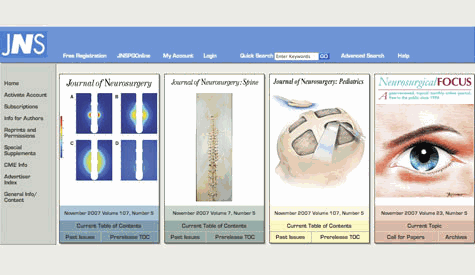Abstract
Experimental results on S segregation at growing Al2O3/alloy interfaces are reviewed for binary FeAl, NiAl alloys, and ternary alloys with additions of Cr, Pt, or a reactive element, such as Zr, Hf, or Y. The segregation behavior is thermodynamic in nature, but the segregation energy can change not only with alloying elements but also with oxidation time and temperature as the oxide growth process changes. Although reactive elements are capable of eliminating interfacial S segregation, they do not stop such segregation to alloy surfaces. The segregation of a reactive element at the interface further strengthens the interfacial bonding. Cosegregation of S and Cr can occur, resulting in higher levels of S at the interface. Pt usually suppresses S segregation, but this effect can be easily overwhelmed by S-Cr cosegregation. Synergisms between alloying elements and how they affect segregation, as well as the relationship between segregation and the oxidation process, are areas that demand further investigation.
- 1. During high-temperature oxidation of Al2O3-forming alloys, at T > 900°C S is the only nonmetallic impurity that consistently segregates at the growing interface; its presence weakens the interfacial strength.
- 2. S begins to segregate to Al2O3/FeAl and NiAl interfaces only when a complete layer of α-Al2O3 is developed. No S other than on interfacial void faces is detected when the interface is that between a transition alumina and the alloy.
- 3. With NiAl, S segregates to the interface only when the alloy is a disordered phase. Concentrations not much above background levels are found with ordered γ′ or stoichiometric β alloys.
- 4. Small amounts of reactive elements (REs) (<0.1 at%) added in Ni- or Fe-based alloys prevent S segregation to the Al2O3/alloy interface, and the REs that segregate to interfaces further increase the interfacial strength.
- 5. S and Cr cosegregate to the interface, causing an increase in the interfacial S concentration. Pt eliminates S segregation at alumina/β-NiPtAl interfaces and reduces it when the alloy is the γ/γ′ phase. The effect of Pt can be overwhelmed by the cosegregation of S with Cr.
- 6. The interfacial segregation process is thermodynamic in nature. The extent of segregation depends on the chemical potential of the solute in the alloy and at the interface, and interactions between the solute and other alloying elements. The segregation energy, however, tends to vary with time owing to the dynamic nature of the oxidation process.


